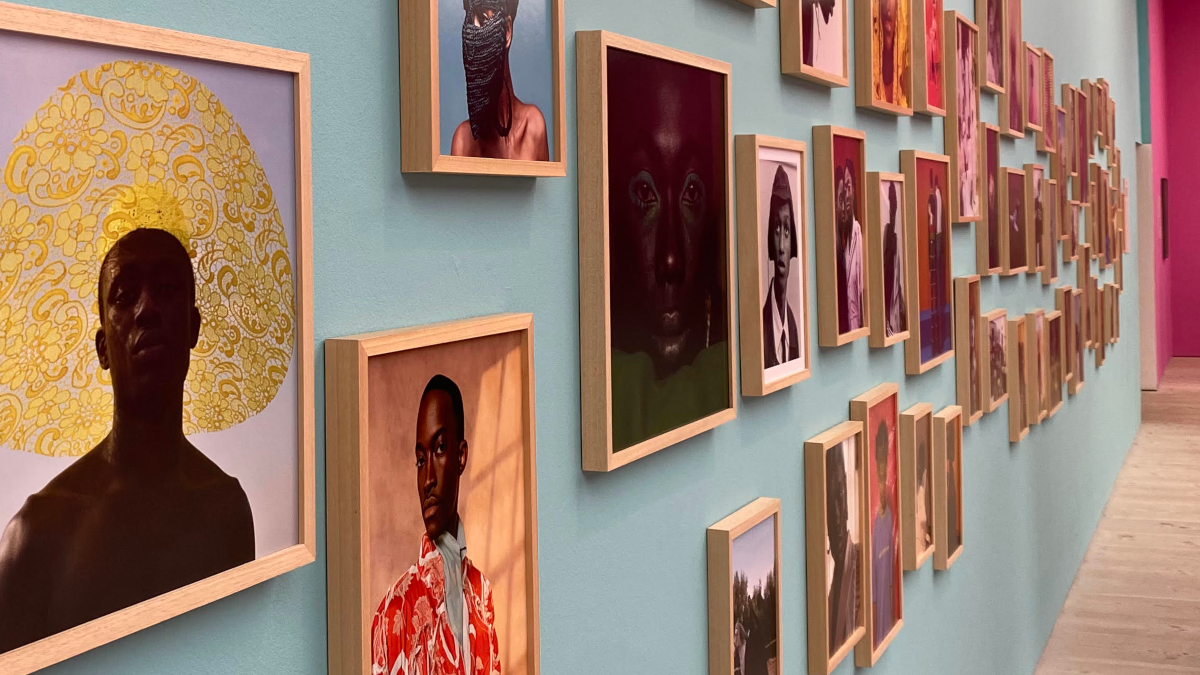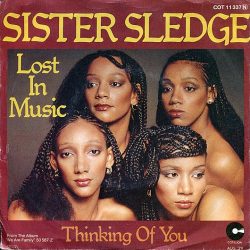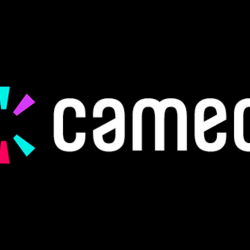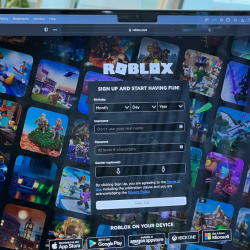Kill stereotypes, get to know real people and uncover rich narratives that reflects all facets of our amazingly nuanced society
Let’s be honest, it is a daunting task to create a piece of communication that not only targets a large group of people but hopes to have an intended impact on most of those people. One single ad to convince thousands of people, sometimes millions, to take an action. This is sorcery right? Similar.
It is a challenging task that requires rigorous, unbiased, multi-layered research and as marketers, to make our lives easier, instead of gathering and interpreting huge data we default to this idea of homogeneity. We rely on blanket descriptors and stereotypes as a shortcut to reach real, breathing, heavily nuanced and diverse group of people whose attention we are vying for in competition with myriad of other things.
Commonalities not stereotypes
The problem with stereotypes is that they get tired. They don’t really perk anyone up or allow the telling of new narratives. Of course to talk to a horde of people, without phoning them up individually, we do need to find commonalities. Be it values, interest, passion or pain points that ties them together. Finding this commonality, the insight as such should not be mistaken for generalisation.
In fact the more you paint the vivid picture of an audience, someone you can see not a caricature , the more you are able to get the nuances, the narratives in the fringes that not only resonate more but have the potential to catch fire wider than the intended audience. Realising that using the term Gen Z or Gamers to describe the most socially and culturally diverse group of people does more disservice.
Finding new perspectives
Last week, I went to see The New Black Vanguard at the Saatchi Gallery. The exhibition featured the works of emerging black photographers, stylists and models who are reframing Black representation. Instead of treating their journey as black artists as the same — cue every brief that wanted to target an urban audience — the curator showcased how “every photographer comes from a different place within blackness.”

I was beaming at all the works that reflected my experience and childhood, yet blended so well with my present. I was so moved I went on a google spree, followed some of the artists, researched the curator, Antwaun Sargent. I asked at the reception how to get my hands on the now sold out book. I was hooked. Naturally, I shared some of the work on my Instagram and this kickstarted a beautiful conversation and bonding moment with followers who could relate. I have earmarked Saatchi gallery, the photographers and curator. Apart from gushing about it to everyone who remotely asks what I did over the weekend, even though it is now 3 weekends ago, I will be on the lookout for their work.
I felt seen. Are you audience feeling seen?
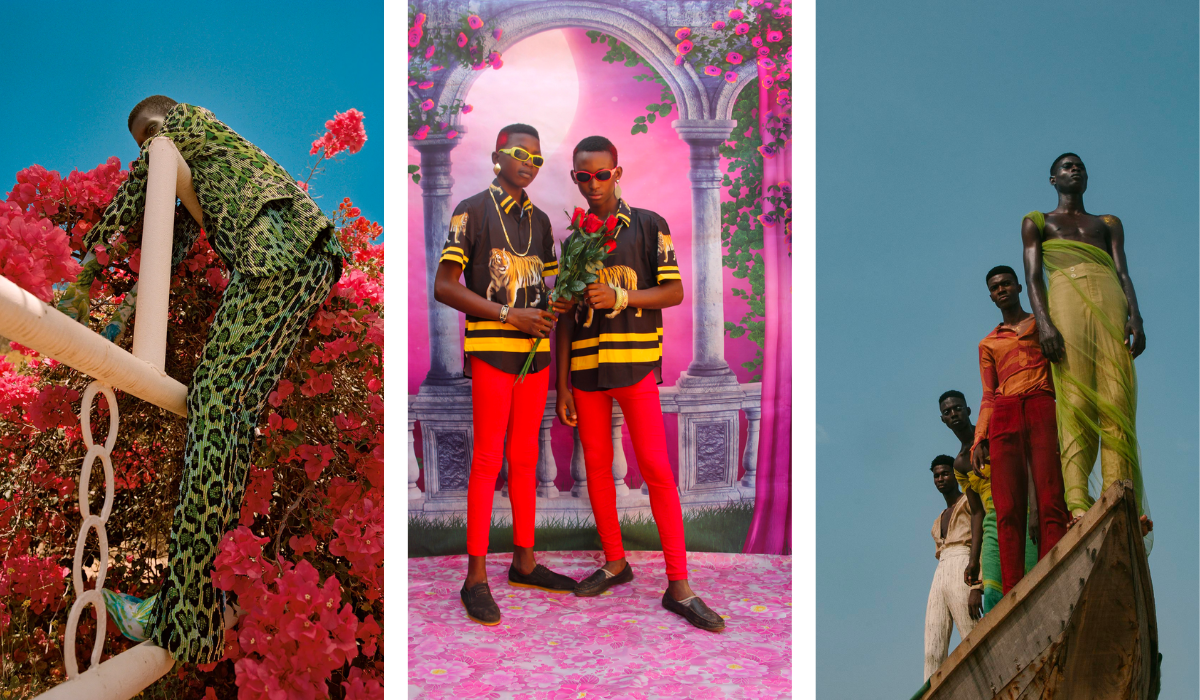
If you only talk to “gamers”, you will never discover the joy of the 60-year-old gamer who just started playing Fortnite. GWI’s gamer report shows that gamers aged 55-64 grew by 32% in two years! I don’t know about you, but I want to learn about the joys and tribulations of discovering a new game in your sixties. If you only talk to the overworked mum who only prioritises children, partner’s needs, and home responsibilities, you’ll never discover the mum who has just signed up to pole dancing, who is rediscovering her body and how far she can push it. I can single-handedly tell you that you’re missing out because I met her, she attends my pole class and she is fierce! And while I see your monolithic activist, liberal Gen Z, I also see those who are buying fast fashion in hordes and overwhelmed by the responsibility to right the world’s wrong.
Understanding people = making money
Marketers are not always to blame for this oversight, most know better. The real problem comes down to the motivation of those who wield the budget. A brand’s aim is usually to make money, not to understand people, so the propensity to run with the most banal of narratives if it will be somewhat relevant to a larger group of people is understandable. The task then is to convince clients that understanding and genuinely relating with people = making money.
When you think of how quick information is moving, the fragmentation of culture, the rate at which narratives are forming and merging alongside the rise in gender fluidity, it is obvious that targeting a generic audience, though has never been effective, is even less so. In fact now it feels intentionally blind and a bit rude.
ASA has put a ban on gender stereotypes and alongside that should be terms like Urban or Millennials. You cannot talk to an audience you cannot see. If you cannot see this audience’s reality, their motivations, cultural references and their nuanced reality then you are not talking to them. You are talking around them and sometimes they may pick up on your conversation and maybe buy from you but you will never really have their attention.
So to prevent getting blanked, look it up the cool kids say it, let’s kill generic labelling. Let’s destroy lazy stereotypes and preconceived notions about people. Doing this will birth campaigns that people see themselves in and want to spend time with. They will talk to mates about it, go on a google spree to know more about the brand and those behind the ad. I sure want to be googled. But more than that, I want to create an ad that people have a genuine bonding moment around.
Feature image: The New Black Vanguard, Antwaun Sargent / Saatchi Gallery / Taken by Fola




















